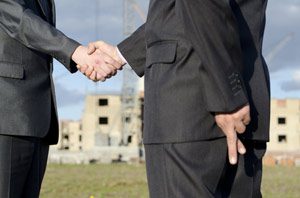For Immediate Release: May 9, 2014
Contact: Paul Towers, 916-216-1082, ptowers@panna.org
New study: more evidence of pesticides linked to bee declines
 Over the past several years, the weight of the evidence linking pesticides to bee declines has grown. While pesticides are not the only factor, they are seen as a key catalyst that, in combination with other factors like disease, poor nutrition and pests, are driving bee declines. A study released today and appearing in the June edition of the Bulletin of Insectology underscores the role of pesticides and calls into question the pesticide industry’s laser-like focus on the Varroa mite, and the pathogens they transmit, as the cause of the dramatic honey bee colony losses seen in the U.S. since 2006.
Over the past several years, the weight of the evidence linking pesticides to bee declines has grown. While pesticides are not the only factor, they are seen as a key catalyst that, in combination with other factors like disease, poor nutrition and pests, are driving bee declines. A study released today and appearing in the June edition of the Bulletin of Insectology underscores the role of pesticides and calls into question the pesticide industry’s laser-like focus on the Varroa mite, and the pathogens they transmit, as the cause of the dramatic honey bee colony losses seen in the U.S. since 2006.
In the new Lu et al study published today, researchers monitored 18 colonies and treated six with the neonicotinoid pesticide imidacloprid, six with the neonicotinoid clothianidin and six were left untreated as controls. Varroa mite infestations were found in all colonies, as is typical for most bee hives in the U.S. Nevertheless, 50% of the colonies treated with pesticides died, and only one out of the six control hives died (17%).
Emily Marquez, PhD, staff scientist at Pesticide Action Network issued the following statement in response to the new study:
"The Lu et al study underscores a growing body of evidence that points to pesticides as a major factor contributing to honey bee declines.
Colony failures between the control and treated hives looked remarkably different, with large die-offs in treated hives — while mites were found in both hives treated with pesticides and those that were untreated.
While many studies have highlighted concerns about the impact of neonicotinoid pesticides on bees, this new research underscored the role pesticides play in the staggering overwintering losses that have been observed in the last decade. It also undermines pesticide industry claims that the Varroa mite is the primary threat to bees.”







